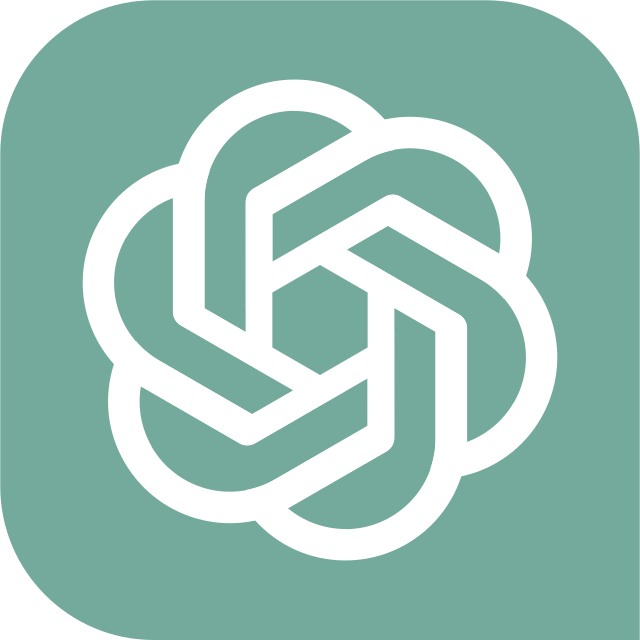In today's fast-paced world, technology continually evolves to meet our ever-changing needs. One such advancement is the ChatGPT API, a powerful tool that empowers developers and businesses to integrate AI-driven conversations into their applications, products, and services. This article explores the capabilities and potential of the ChatGPT API. ChatGPT API
What is the ChatGPT API?
The ChatGPT API is a versatile application programming interface (API) developed by OpenAI. It enables developers to harness the power of ChatGPT, an advanced natural language processing model, to create interactive and intelligent chatbots, virtual assistants, and more. With this API, developers can seamlessly integrate ChatGPT into their software solutions, making it an integral part of their applications.
Key Features and Capabilities
-
Natural Language Understanding: The ChatGPT API can understand and process natural language input, making it capable of handling a wide range of user queries and requests.
-
Conversational Flow: It allows for dynamic conversations, enabling context-aware interactions that feel more like human conversations rather than static responses.
-
Customization: Developers can fine-tune ChatGPT to align with specific use cases, industries, and brand personalities. This level of customization ensures a tailored experience for users.
-
Multilingual Support: The API supports multiple languages, making it accessible to a global audience and facilitating multilingual interactions.
-
Rich Media Handling: ChatGPT can process and generate text-based responses for various media types, including images, links, and more.
-
Scalability: Businesses can easily scale their AI-powered interactions as needed to accommodate growing user bases.
Use Cases for the ChatGPT API
The ChatGPT API offers a wide array of applications across various industries and domains:
-
Customer Support Chatbots: Implement intelligent chatbots that provide instant customer support and assistance, reducing response times and improving customer satisfaction.
-
Content Generation: Automate the generation of content such as articles, reports, and marketing copy to streamline content creation processes.
-
Language Translation: Build multilingual chatbots and translation services that facilitate communication between people who speak different languages.
-
E-commerce: Enhance user experiences on e-commerce platforms by creating virtual shopping assistants that offer personalized product recommendations and answer customer queries.
-
Healthcare: Develop virtual health assistants that can provide medical information, schedule appointments, and offer general health advice.
-
Education: Create interactive educational tools that assist students with homework, provide explanations, and support self-paced learning.
Getting Started with the ChatGPT API
To start using the ChatGPT API, developers need to:
-
Sign Up: Register for access to the API through the OpenAI website.
-
API Key: Obtain an API key, which is necessary for making API requests.
-
Integration: Integrate the API into your application or platform using the provided documentation and code examples.
-
Testing: Thoroughly test and refine the integration to ensure it meets your specific requirements.
-
Deployment: Once satisfied with the integration, deploy the AI-powered chatbot or assistant to your users or customers.
Conclusion
The ChatGPT API represents a significant leap in AI-driven conversational technology. Its ability to understand, process, and generate natural language text opens the door to endless possibilities for improving user experiences, automating tasks, and delivering personalized interactions. Developers and businesses can harness the ChatGPT API to create innovative solutions that enhance customer engagement, productivity, and satisfaction across various industries. Embrace the future of AI-powered conversations with the ChatGPT API and revolutionize the way you interact with your audience.
